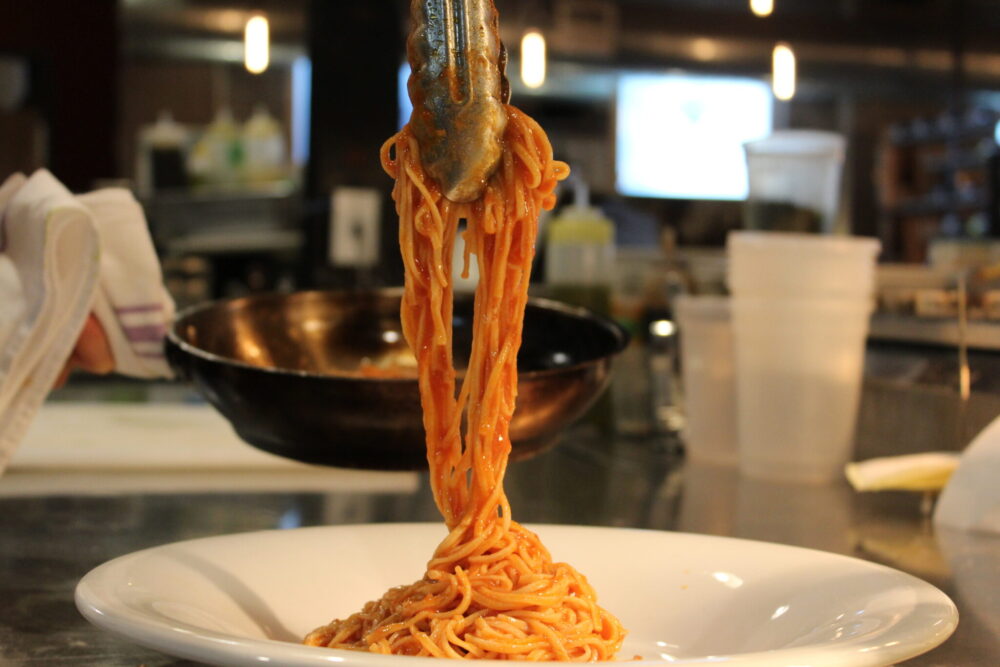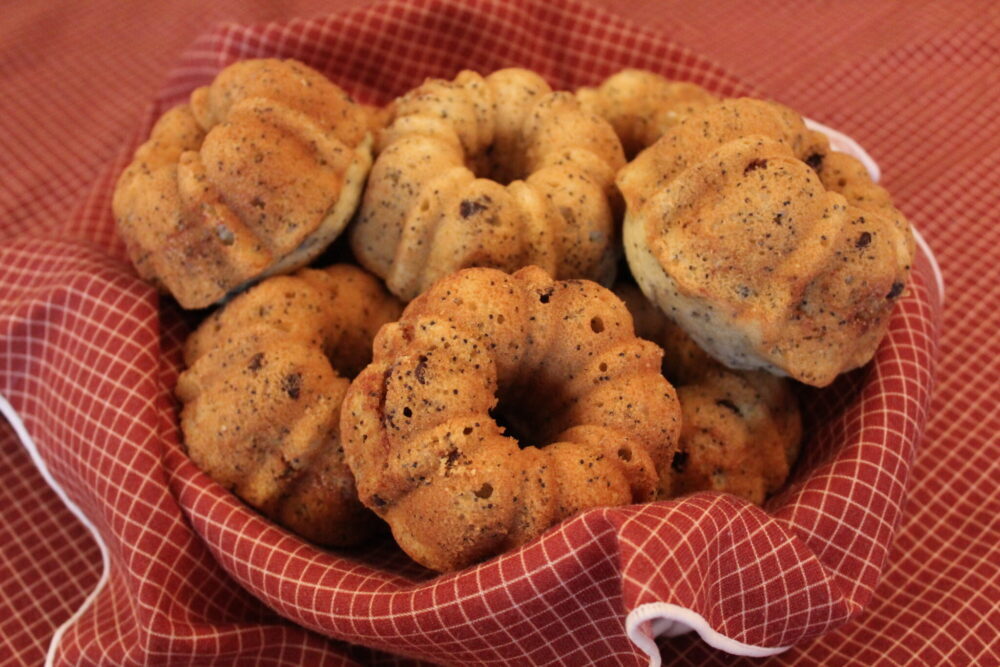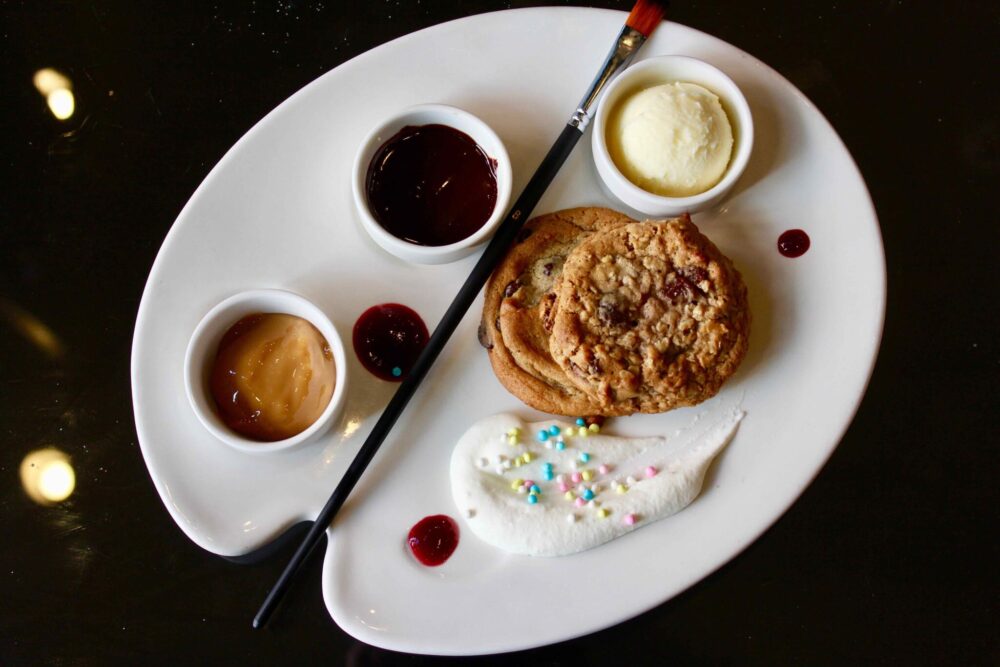Sara Waxman, OOnt, is an award-winning restaurant critic, best-selling cookbook…
About every six months, a new study comes out pitting high-carb vs high-protein (usually higher-fat) diets. Sometimes carbs win. Sometimes protein wins. But what’s most important in terms of shedding excess weight and living healthier isn’t really about carbs vs protein. It’s about good carbs vs bad carbs.
Good Carbs vs Bad Carbs
Some carbs truly are bad. And some carbs are tremendously good for you. How do you know the difference?
That’s where the confusion comes in. Some doctors talk about the glycemic index. Others blame insulin surges. Some rail against individual ingredients like high fructose corn syrup. And others want to know about your metabolic rate. Getting bleary-eyed? Why wouldn’t you – and for that matter, everyone else?
What’s heartening to know is that the whole mess really can be boiled down to two basic rules…
- Fill your daily diet with real food, that is, carbohydrates that look as if they actually came out of the earth. Eat whole corn kernels, for example, instead of corn flakes. Reach for a whole orange instead of orange “vitamin water,” or even orange juice. Choose brown rice, not white rice. The less processed and refined a carb is, the healthier – and better for your waistline – it tends to be.
- Steer clear of fake carbs. By fake, we mean food that is more a product of factories than of the soil. Fake carbs are foods that have been so overly processed – fiber stripped, nutrients stripped, water squeezed out, fat added, salt added, sugar added, calories added – that they are something “our great-great grandmothers would not have recognized as food,” writes Michael Pollan in his excellent book In Defense of Food.
 Your Great-Great Grandmother Knew Better
Your Great-Great Grandmother Knew Better
Your great-great grandmother would know potatoes. She’d be wary (and we should be, too) of potato chips, not to mention French fries with chili cheese sauce. She’d recognize fresh strawberries and oats, not strawberry flavored breakfast cereal. She’d know whole-grain bread, not bagel snack chips.
If she were from Italy, she’d know fresh tomatoes, garlic, and herbs, not canned tomato sauce.
What, more specifically, are real, or good, carbs? They’re fresh fruits; fresh vegetables; whole grains like oats, barley, whole-grain couscous, brown rice, quinoa, millet, and sprouted whole-grain bread; starchy vegetables like potatoes, corn, and yams; and legumes like black beans, peas, and pinto beans.
Does the above look like our Western diet? Not even close! The main features of the Western diet are lots of meat; full-fat dairy foods like butter and cheese; and processed, super-calorie-dense carbs full of fat, salt, and/or sugar, such as donuts, corn chips, white-flour bread, macaroni and cheese, pretzels and cereal bars.
In short, the Western diet has lots of everything except fruits, vegetables, legumes, and whole grains.
 Good Carbs vs Bad Carbs
Good Carbs vs Bad Carbs
Why are good carbs like fruits, vegetables, legumes, and whole grains (especially cooked whole grains) so good for us? Let us count just some of the many ways.
Good carbs are:
- Low to moderate in calorie density, which means we can eat filling amounts and satisfy our hunger, but not worry about going overboard on calories.
- High in an enormous variety of nutrients.
- Devoid of refined sugars and refined grains. In America, refined sugars like corn syrup now make up more than 20% of the calories we eat each day. That’s a big problem because our human bodies evolved over centuries and centuries to metabolize unrefined carbohydrates. We’re equipped to handle corn. We’re clueless about high fructose corn syrup. Daily tsunamis of sugar in our bloodstream are directly linked to our current epidemics of obesity and type 2 diabetes.
- High in naturally occurring fiber, which helps lower not only blood sugar and insulin levels but also LDL bad cholesterol. Fiber-rich foods also help you fill up on fewer calories so that you can lose weight more easily. A high-fiber diet also helps prevent constipation, hemorrhoids, and certain cancers. Americans average just 12 to 15 grams of fiber a day. Nutrition experts say we ought to be getting at least 35 to 50 fiber grams daily.
- Low in sodium.
- Low in saturated fat.
- Very low (often zero) cholesterol, and no trans fats.
Fake, processed (bad) carbs, the carbs consumed by most Americans, are:
- High in calorie density. (Just a few bites of a corn dog or energy bar, and you’ve taken in a bunch of calories.)
- High in refined sugars (whether white sugar, corn syrup, or so-called “natural” sugars like honey and added fruit juices).
- High in refined grains like white flour.
- Low in many nutrients.
- Low in fiber.
- High (often very high) in sodium.
- Sometimes high in saturated fat.
- Sometimes high in cholesterol and trans fats.
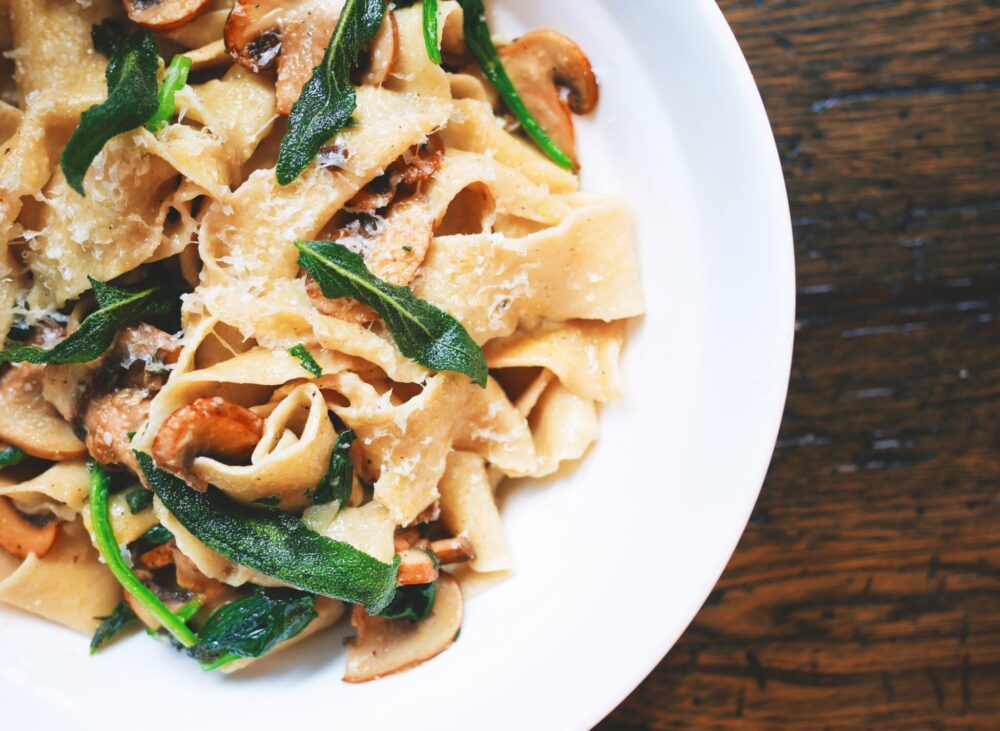
From the bullets above, it’s easy to see how a diet rich in good carbs can lead to a lean body and good health. And how a diet of processed carbs like white flour and sat-fat-rich foods like 16-ounce steaks and cheeseburgers has busted not only our health but our health-care system.
We’re shelling out an unsustainable billions of dollars annually in diet-related health-care costs, often spent on horrifically priced and sometimes questionably effective procedures like angioplasties and heart bypass operations. The money we’d save by returning to our dietary roots – fresh fruits, fresh veggies, whole grains – is mind-boggling.
What’s more, good health would be restored in a remarkably short period of time. That’s the really good news, several studies have found.
Research on native Hawaiians is an excellent case in point.
Anyone who’s been to Hawaii knows that native Hawaiians tend to be beefy. That wasn’t always the case. In the 19th century, when their diet was full of unrefined, whole carbohydrates like starchy root-like potatoes called taros as well as yams, fresh vegetables, and fresh fruit, journalists described them as having a “thin rather than full habit.”

In the 1990s, researchers at the University of Hawaii put obese native Hawaiians, all with multiple risk factors for cardiovascular disease, back on this native diet of unrefined carbohydrates. In just 21 days, cholesterol, triglyceride, and glucose levels plummeted. So did elevated blood pressures.And even though the Hawaiians were instructed to eat as much as they wanted, their caloric intake was 41% less than intake before the study. The weight peeled off – on average 17 pounds. And in just 21 days.
The study was repeated in 2001 and once again, the native Hawaiian diet yielded dramatic changes among obese Hawaiians in just three weeks. Weight loss averaged 11 pounds. LDL cholesterol levels fell 25%. Systolic blood pressure normalized. And triglycerides plunged 36%.
Results are similarly outstanding among thousands who changed their lifestyles at the Pritikin Longevity Center. Like the native Hawaiian diet, the Pritikin Eating Plan emphasizes good carbs: unrefined, whole foods like fresh fruits, fresh vegetables, whole grains, and beans. The Pritikin Program also involves daily exercise.
In just three weeks at Pritikin, more than 100 studies published over the past 30 years have documented extraordinary benefits, which include:
- Dramatic reductions in total, LDL, and non-HDL cholesterol levels,
- Doubling the effectiveness of statin therapy,
- Lowering blood pressure to normal or near-normal levels, and in most cases medications are eliminated or significantly reduced,
- Better control of type 2 diabetes, and often, elimination of the need for oral drugs or reductions in dosages,
- Reversing the metabolic syndrome, and preventing the onset of type 2 diabetes, and
- Helping thousands worldwide shed excess weight without counting calories or feeling chronically hungry.
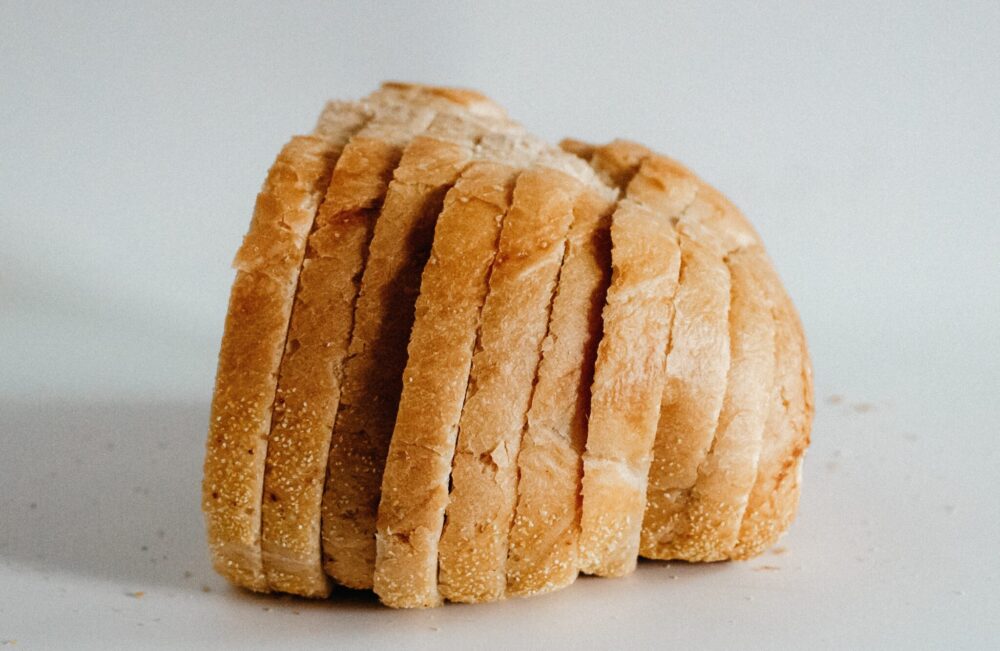
National Weight Control Registry
Still concerned that a carbohydrate-rich diet will upend your weight-loss goals?
Consider this. The most comprehensive study of long-term weight-loss success ever conducted, the on-going National Weight Control Registry, has found that the vast majority of its 6,000+ members eat a diet based on whole or minimally processed plant foods like fruits, vegetables, and whole grains – naturally low in fat. The average member has lost about 70 pounds and kept those pounds off for six years. Yes, this is success!
And we know they’re not eating a lot of calorie-dense, heavily processed carbs in part because their total daily intake of calories is low – not something that would happen with a lot of 300-calorie snack bars.
They’re also physically active, averaging about 60 minutes of brisk walking daily. A good diet plus daily physical activity (the less we sit, the better!) is a winning combination.
Also, like the guests at Pritikin, most of these very successful weight-loss people do not starve themselves. They’re eating an average five times daily.
Sara Waxman, OOnt, is an award-winning restaurant critic, best-selling cookbook author, food and travel journalist and has eaten her way through much of the free world for four decades, while writing about it in books, newspapers and magazines. She is the Editor in Chief of DINE and Destinations magazine.


